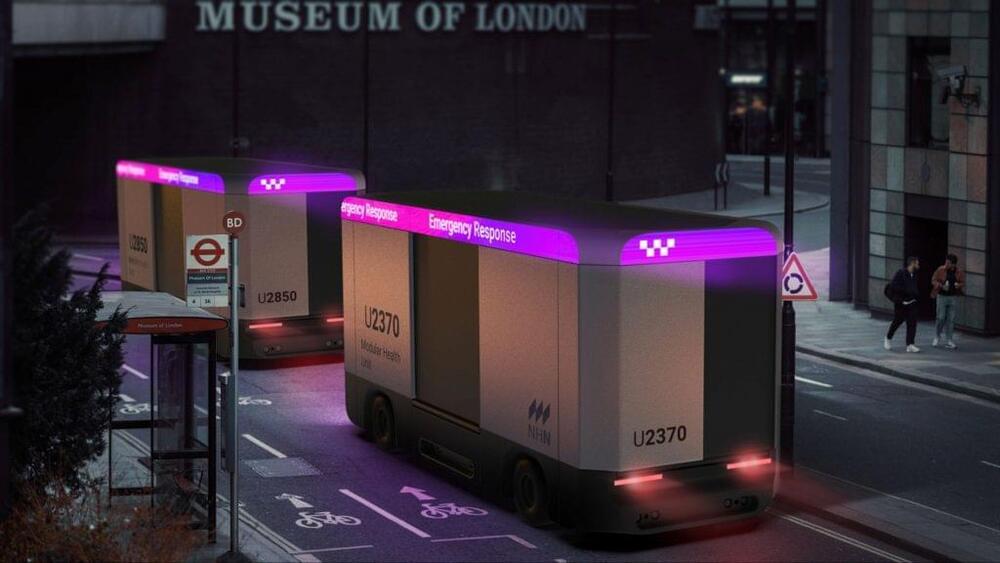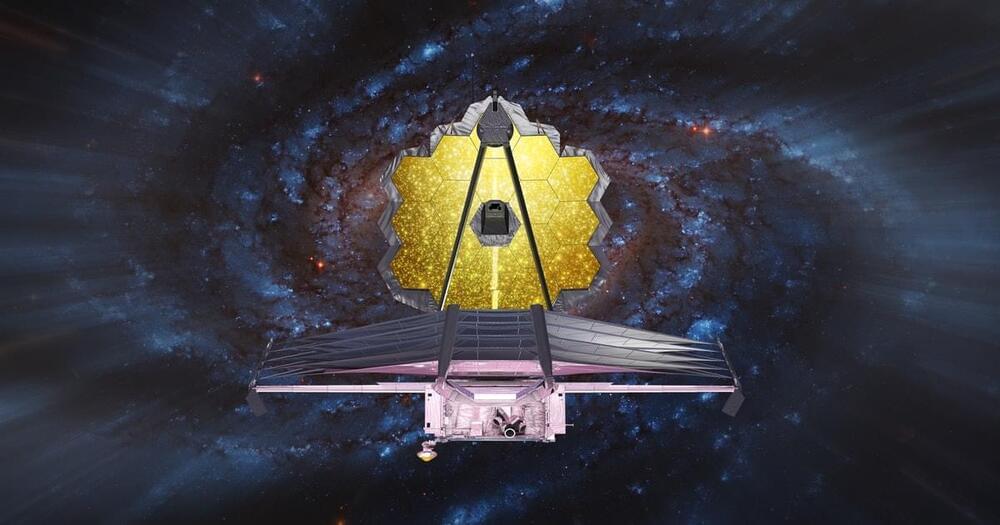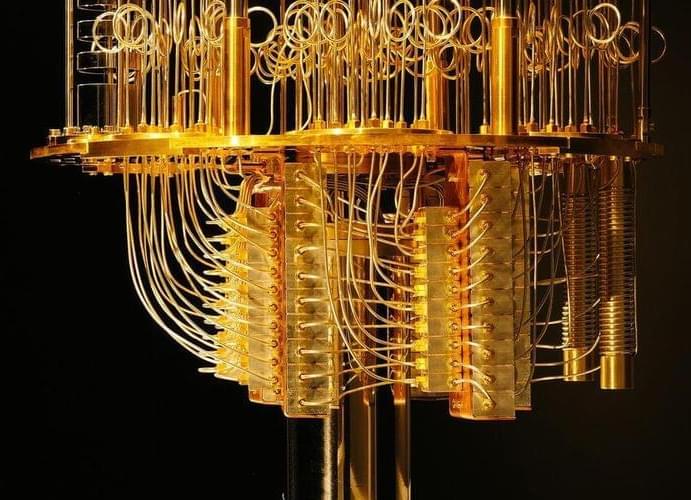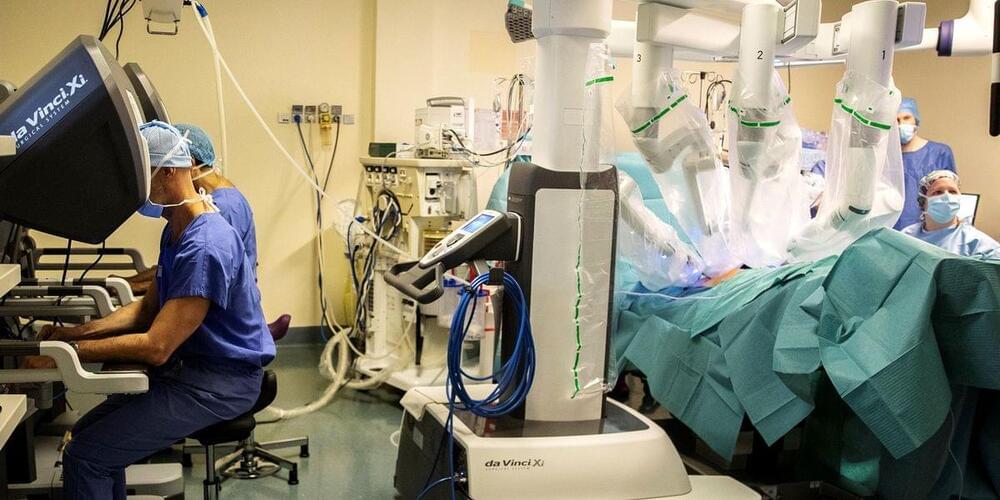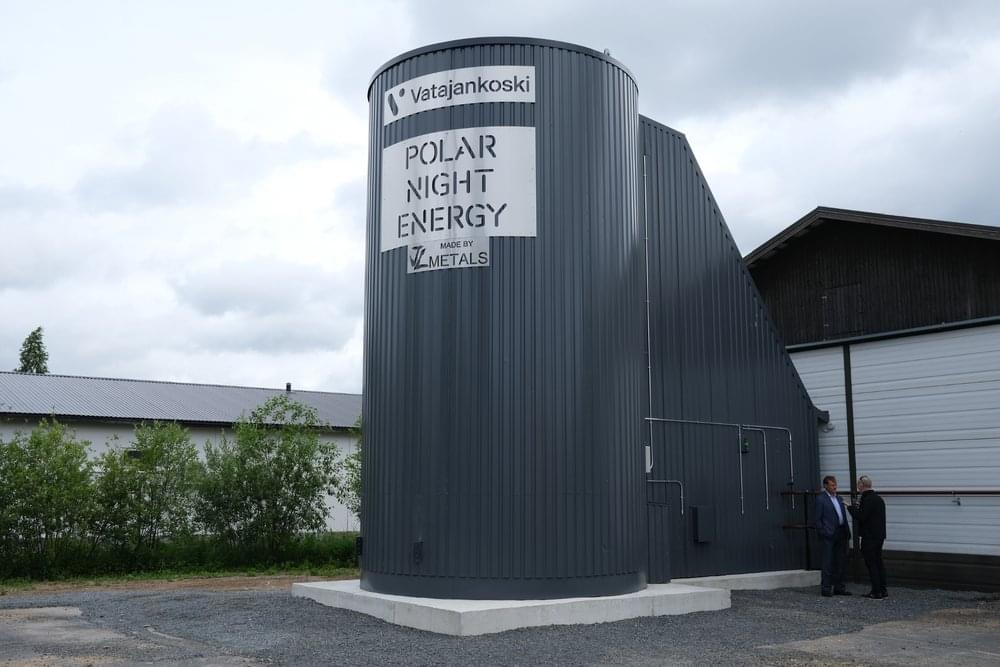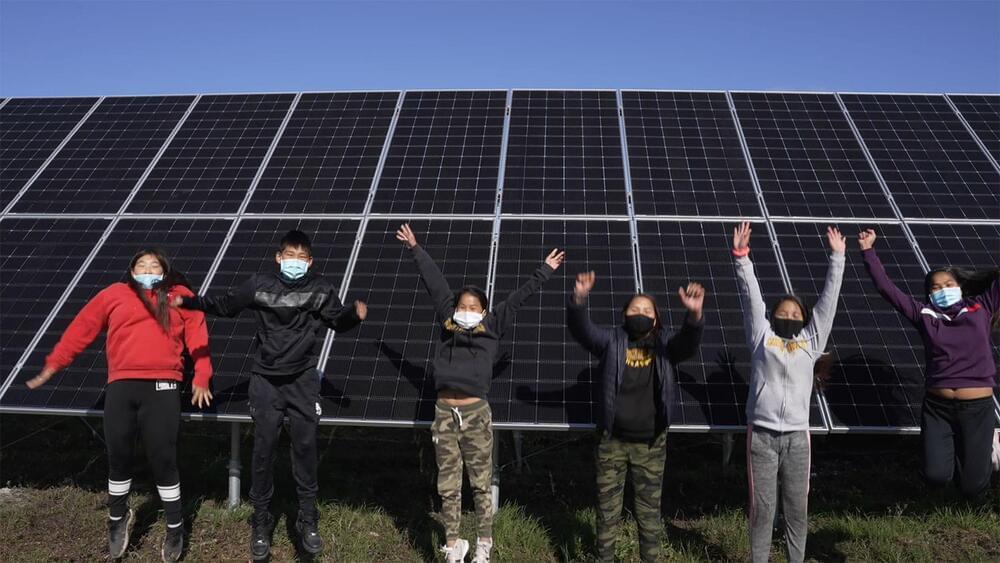Mike George’s proposal for an autonomous fleet of modular emergency vehicles that can be arranged to form an on-the-go hospital has been awarded third place in Dezeen’s Future Mobility Competition powered by Arrival.
Called National Health Network Modular Hospital System, George’s proposal features a network of modular autonomous vehicles that can be combined into purpose-built clusters to enable hospitals to grow, adapt and respond to emergencies as effectively and flexibly as required.
Each module has a chassis and mobile platform, which can be customised with various interior components to respond to different medical situations. Each interior is designed to foster patient accessibility and comfort, as well as safety.
